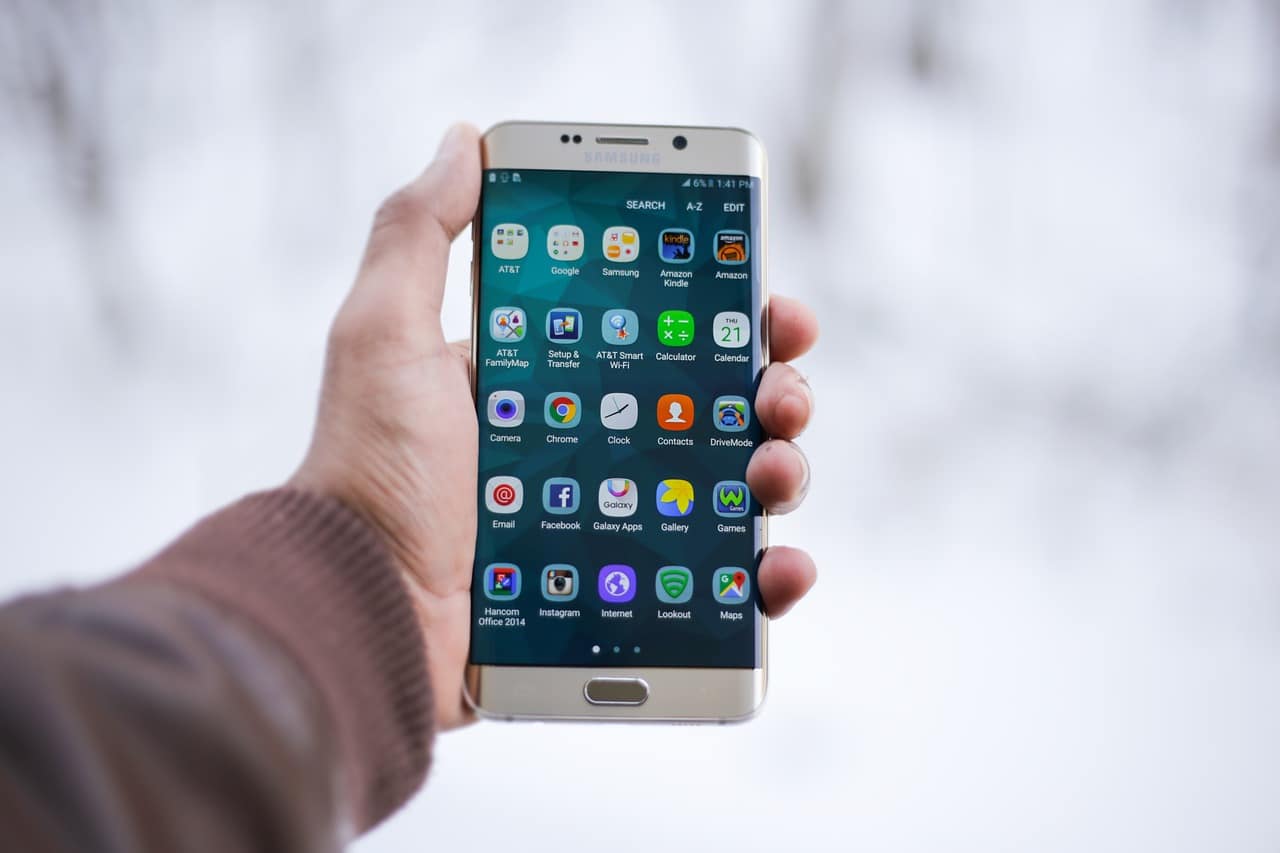If your smartphone battery drains too quickly or your device slows down over time, background apps could be the hidden culprit. These apps often continue to run even when you’re not using them, consuming data, battery, and processing power. The solution? Put them to sleep. In this blog, we’ll explore sleep background apps effectively on both Android and iOS, so you can optimize your phone’s performance, save power, and extend battery life.
Why You Should Sleep on Background Apps
What Are Background Apps?
Background apps are programs running behind the scenes even when they are not actively in use. They might be syncing data, sending notifications, updating content, or just staying active in memory for quick access.
Examples include:
-
Messaging apps like WhatsApp
-
Social media apps like Instagram or Facebook
-
Fitness trackers
-
Email apps
-
Streaming apps
While some background activity is useful, too many active apps can drain your battery and slow down your phone.
Benefits of Sleeping Background Apps
-
Improved battery life
-
Reduced mobile data usage
-
Better device performance
-
Less overheating
-
Fewer distractions
Now, let’s look at how to sleep background apps depending on your device.
🛠 How to Sleep Background Apps on Android
Android offers built-in tools and third-party apps that allow you to put apps to sleep and restrict their background activity.
1. Use Battery Optimization Settings
Battery optimization is the most direct method to control background app activity.
Steps:
-
Go to Settings > Battery > Battery Usage.
-
Tap the app you want to manage.
-
Choose Optimize battery usage or Put to sleep.
This stops the app from running in the background unless manually opened.
2. Use “Sleeping Apps” Feature (Samsung Devices)
Samsung Galaxy devices have a powerful feature specifically for sleeping apps.
Steps:
-
Go to Settings > Battery and Device Care > Battery > Background Usage Limits.
-
Tap on Sleeping Apps or Deep Sleeping Apps.
-
Add the apps you want to restrict.
-
Sleeping Apps: Apps won’t run in the background but can send notifications occasionally.
-
Deep Sleeping Apps: These apps stay fully asleep until you open them again.
3. Restrict Background Data
Apps that use data in the background can be restricted to reduce both data and battery usage.
Steps:
-
Go to Settings > Apps > [Select App] > Mobile Data.
-
Toggle off Allow background data usage.
This will prevent the app from syncing or using data in the background.
4. Use Digital Wellbeing to Limit Usage
Digital Wellbeing tools let you monitor and limit how much time you spend on specific apps.
Steps:
-
Go to Settings > Digital Wellbeing & Parental Controls.
-
Set App Timers or enable Focus Mode to restrict apps temporarily.
5. Use Third-Party Tools (Advanced Option)
Apps like Greenify or Brevent offer more advanced sleep options, allowing you to hibernate apps automatically. Some of these tools may require root access.
🍏 How to Sleep Background Apps on iOS
Apple doesn’t offer the same level of control as Android, but there are still a few ways to limit background app activity.
1. Turn Off Background App Refresh
This is the main way to “sleep” apps on iOS.
Steps:
-
Go to Settings > General > Background App Refresh.
-
Select Off to stop all background activity.
-
Or choose Wi-Fi only to restrict activity when using mobile data.
You can also disable it for individual apps.
2. Disable Location Services for Certain Apps
Location services running in the background can drain battery quickly.
Steps:
-
Go to Settings > Privacy > Location Services.
-
Select an app and set it to Never or While Using the App.
3. Close Apps from the App Switcher
While not the same as sleeping, swiping up to close apps ensures they stop temporarily.
4. Limit Notifications
Apps that frequently send notifications are more likely to run in the background.
Steps:
-
Go to Settings > Notifications.
-
Select the app and toggle Allow Notifications off.
🚫 What Not to Do When Trying to Sleep Apps
-
Don’t rely on Task Killers – These apps can conflict with Android’s memory management and drain more battery.
-
Don’t sleep essential apps – Apps like alarm clocks, messaging services, or health monitors may stop functioning properly if they’re restricted.
-
Avoid force-stopping regularly – Force stop is a short-term fix; apps may restart on their own.
🔋 Extra Tips to Improve Background App Control
Update Your Apps
Older apps may not support modern battery-saving features. Keep your apps updated for better background behavior.
Use Lite Versions of Apps
Some apps offer “Lite” versions (e.g., Facebook Lite, Messenger Lite) which are designed for low resource usage and minimal background activity.
Monitor Battery Usage
Regularly check battery usage in settings to see which apps consume the most power. These are prime candidates for sleeping.
Final Thoughts
Learning how to sleep background apps is a smart way to gain more control over your smartphone. It improves performance, extends battery life, and helps reduce unnecessary distractions. Whether you’re using Android or iOS, the tools are right there in your settings—easy to access and use.
Take a few minutes today to review your background apps. You’ll likely notice immediate improvements in how your phone runs. Got a favorite trick to manage background activity? Share it in the comments!
❓ FAQs – Frequently Asked Questions
Q1. What does it mean to “sleep” background apps?
A: Sleeping background apps means restricting their ability to run in the background when you’re not actively using them. This helps save battery, reduce data usage, and improve phone performance.
Q2. Is sleeping on apps the same as force-stopping them?
A: No. Force stopping an app shuts it down temporarily, but it may restart on its own. Sleeping an app puts it in a low-power state where it can’t run or sync in the background until manually opened.
Q8. Is it safe to sleep on apps I don’t use often?
A: Yes. Sleeping rarely-used apps is a good practice. It keeps your device running efficiently and prevents those apps from consuming resources unnecessarily.
Q9. What’s the difference between “Sleeping” and “Deep Sleeping” apps on Samsung?
A:
-
Sleeping Apps: Limited background activity; still sends some notifications.
-
Deep Sleeping Apps: Fully inactive until manually opened; no notifications or background activity allowed.
Q10. Will sleeping apps delete my data or log me out?
A: No. Sleeping apps do not delete data or log you out. They’re simply paused in the background until you open them again.





